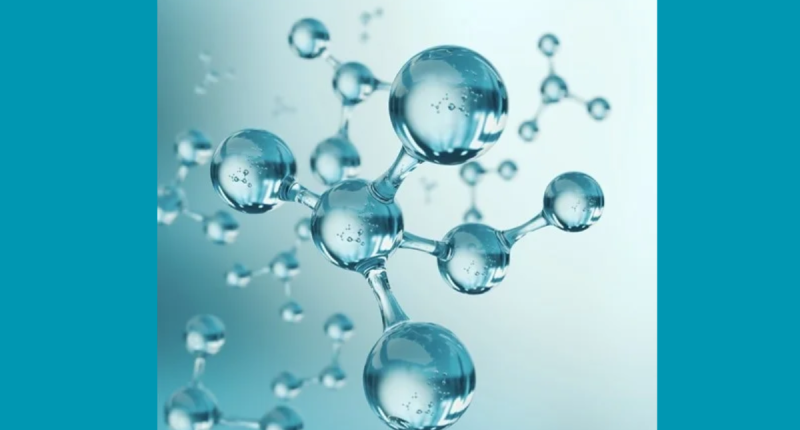Dietary Trans-Vaccenic Acid Enhances Anti-Tumor Immunity by Reprogramming CD8+ T Cells
Researchers have identified a dietary component, trans-vaccenic acid (TVA), that enhances anti-tumor immunity by boosting the function of cytotoxic T lymphocytes (CTLs). TVA, found in ruminant foods like lamb, beef, and dairy, inhibits the immunoregulatory G protein-coupled receptor 43 (GPR43), a molecule stimulated by its SCFA ligands.
In a recent study published in Nature, researchers unveiled a groundbreaking discovery: a dietary component, trans-vaccenic acid (TVA), holds the remarkable potential to bolster anti-tumor immunity by invigorating the function of cytotoxic T lymphocytes (CTLs). These specialized immune cells play a pivotal role in recognizing and eliminating tumor cells, making them a cornerstone of cancer immunotherapy.
TVA, primarily found in ruminant foods like lamb, beef, and dairy, exerts its immune-enhancing effects by targeting the immunoregulatory G protein-coupled receptor 43 (GPR43). GPR43 is a molecule that responds to its SCFA ligands, but TVA uniquely inhibits its activity. This inhibition disrupts GPR43’s signaling cascade, ultimately leading to the activation of the GPCR-CREB pathway.
The GPCR-CREB pathway plays a crucial role in regulating gene expression and cellular function. In CTLs, TVA-induced activation of this pathway triggers a positive feedback loop that enhances the expression of PKA and CREB, key proteins involved in CTL activation and effector function.
This enhanced CTL activation translates into improved anti-tumor immunity. In vivo studies demonstrated that TVA administration effectively boosts the ability of CTLs to infiltrate tumors and eliminate cancer cells. This enhanced anti-tumor activity was attributed to TVA’s ability to regulate CD8+ T lymphocytes, a subset of CTLs that plays a critical role in tumor surveillance and elimination.
Intriguingly, the effects of TVA on helper T (CD4+) lymphocytes appear to be distinct from those on CTLs. While TVA enhanced interleukin-2 synthesis by CD4+ T cells, it did not significantly impact the generation of effector molecules or proliferation/apoptosis of these cells. This suggests that TVA’s immune-enhancing effects may be cell-type-specific.
These findings provide compelling evidence for the potential of TVA as a dietary supplement or therapeutic agent to enhance cancer immunotherapy. TVA’s ability to reprogram CD8+ T cells and enhance their anti-tumor activity makes it a promising candidate for further research and development.
Key Findings
TVA inhibited the activity of G protein-coupled receptor 43 (GPR43), a molecule that plays a role in regulating immune cell function.
TVA activated the cyclic AMP (cAMP)-protein kinase A (PKA)-cAMP-response element binding protein (CREB) signaling pathway, leading to enhanced CTL function.
TVA selectively enhanced the function of stimulated CTLs, promoting anti-tumor immunity.
The effects of TVA on CTLs were mediated by the GPR43-CREB signaling pathway, with positive feedback loops amplifying the effects.
TVA enhanced CTL function and anti-tumor immunity in vivo.
Implications
These findings provide new insights into the molecular mechanisms linking diet and tumor immunity. TVA may hold promise as a dietary supplement or therapeutic agent to enhance cancer immunotherapy. Further research is needed to elucidate the downstream effector pathways of GPR43 and underlying processes.
Additional Notes
TVA is a trans-fatty acid, but it appears to have different effects on the immune system than other trans-fats.
TVA is found naturally in ruminant animal products, but it can also be synthesized in the laboratory.
More research is needed to understand the exact mechanisms by which TVA enhances CTL function.
Future Directions
While this study sheds light on the molecular mechanisms underlying TVA’s immune-enhancing effects, further research is warranted to fully elucidate the downstream effector pathways of GPR43 and the underlying processes involved in TVA-mediated CTL activation. Additionally, exploring the potential therapeutic applications of TVA in various cancer settings holds immense promise for improving cancer immunotherapy outcomes.
Overall, this study marks a significant step forward in our understanding of the intricate relationship between diet and tumor immunity. TVA, with its ability to enhance CTL function and boost anti-tumor immunity, emerges as a potential dietary intervention with promising therapeutic applications in cancer treatment.
Study source.
Continue to check our website soundhealthandlastingwealth.com for more articles of this kind. And, please use our comment section as well, we would love to hear from you.










